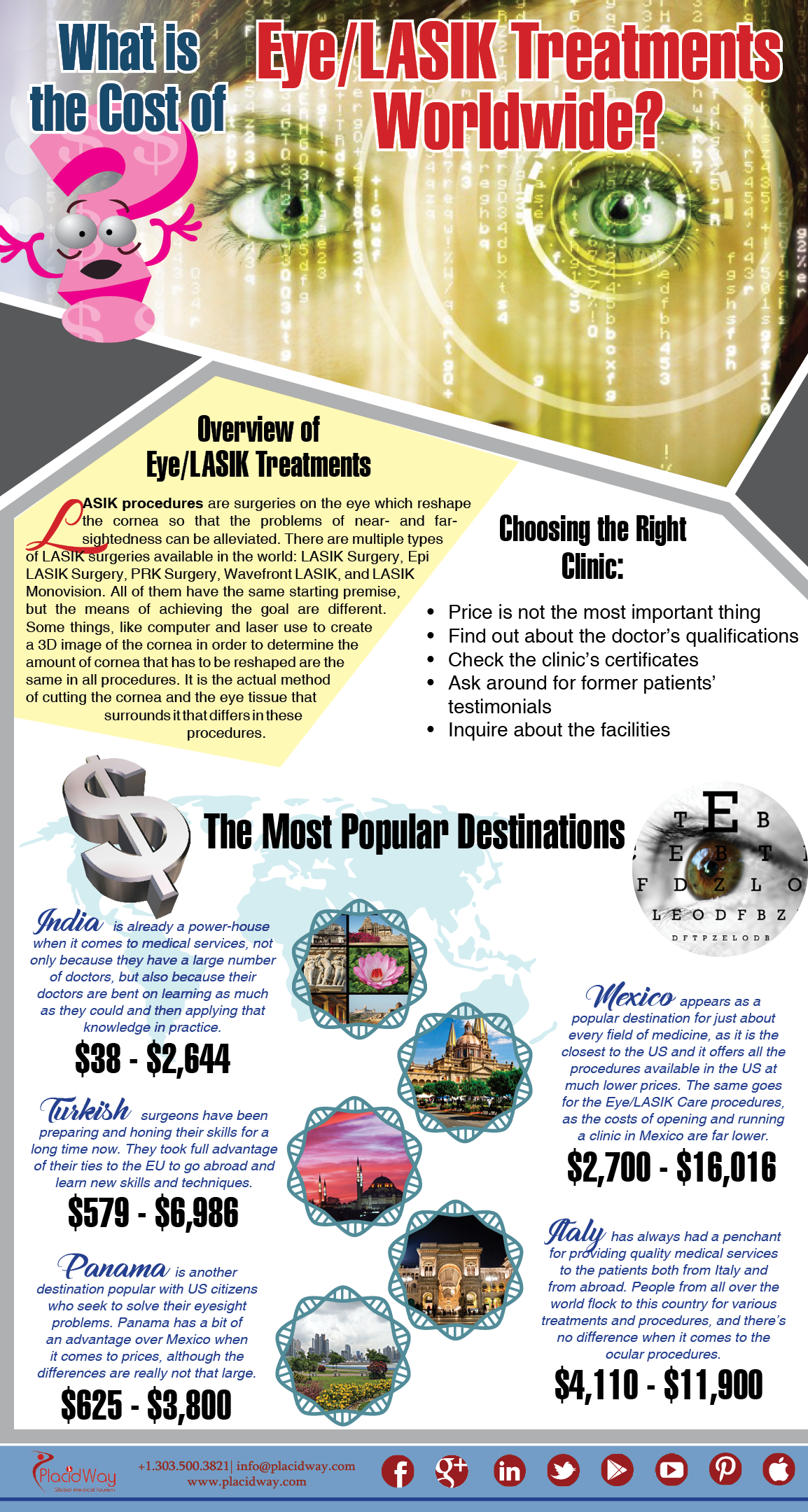Fascinated In Finding Out About The Differences In Between SMILE, LASIK, And PRK Eye Procedures?
Fascinated In Finding Out About The Differences In Between SMILE, LASIK, And PRK Eye Procedures?
Blog Article
Staff Writer-McElroy Kerr
If you've been taking into consideration SMILE eye surgery, you may wonder how it compares to LASIK and PRK. Each treatment has its own set of advantages and considerations. From quicker recovery times to potential dangers, there are crucial distinctions you should be aware of prior to choosing. Understanding these differences will certainly help you make an informed selection that straightens with your details needs and assumptions. Interested to know more about exactly how these procedures compare thoroughly? Go on exploring to get a detailed understanding of SMILE, LASIK, and PRK.
SMILE Eye Surgical Treatment Introduction
If you're thinking about SMILE eye surgical procedure, you'll find it to be a minimally intrusive procedure with a quick recovery time. Throughout SMILE (Tiny Laceration Lenticule Extraction), a laser is utilized to produce a little, accurate cut in the cornea to get rid of a tiny piece of cells, improving it to correct your vision. This differs from LASIK, where a flap is produced, and PRK, where the external layer of the cornea is entirely removed.
One of the crucial advantages of SMILE is its minimally intrusive nature, resulting in a faster recovery procedure and less discomfort post-surgery. The recovery time for SMILE is fairly quick, with numerous individuals experiencing improved vision within a day or 2. This makes it a popular option for those looking for a hassle-free and reliable vision modification treatment. Additionally, SMILE has actually been revealed to have a lower danger of dry eye disorder contrasted to LASIK, making it a beneficial alternative for individuals concerned about this possible negative effects.
Distinctions In Between SMILE, LASIK, and PRK
When contrasting SMILE, LASIK, and PRK eye surgeries, it is essential to understand the distinct techniques used in each treatment for vision improvement.
cataract surgery how long does it last (Little Cut Lenticule Extraction) is a minimally invasive procedure that includes developing a little incision to extract a lenticule from the cornea, reshaping it to deal with vision.
LASIK (Laser-Assisted In Situ Keratomileusis) includes producing a thin flap on the cornea, making use of a laser to improve the underlying cells, and afterwards rearranging the flap.
PRK (Photorefractive Keratectomy) gets rid of the outer layer of the cornea before improving the tissue with a laser.
The main difference lies in the way the cornea is accessed and treated. SMILE is flapless, making it a good alternative for people with slim corneas or those associated with call sports. LASIK offers fast visual recovery as a result of the flap creation, but it might present a greater threat of flap-related complications. PRK, although having a longer recovery period, prevents flap-related problems completely.
Understanding these variations is crucial in selecting the most suitable treatment for your vision improvement demands.
Benefits And Drawbacks Contrast
To examine the advantages and downsides of SMILE, LASIK, and PRK eye surgeries, it's necessary to take into consideration the specific advantages and possible constraints of each treatment. https://www.postguam.com/understanding-the-risks-complications-of-lasik/article_dbdbe6f0-22f3-11ea-888b-ef9b9e7335c2.html offers the benefit of a minimally invasive treatment, with a smaller sized incision and potentially quicker healing time contrasted to LASIK and PRK. It additionally reduces the risk of completely dry eye post-surgery, a typical adverse effects of LASIK. However, SMILE may have limitations in dealing with higher levels of nearsightedness or astigmatism contrasted to LASIK.
LASIK surgery offers rapid visual recovery and minimal discomfort during the treatment. It's highly reliable in treating a wide range of refractive mistakes, consisting of nearsightedness, hyperopia, and astigmatism. Yet, LASIK lugs a risk of flap problems, which can affect the corneal structure.
PRK eye surgical procedure, while not as preferred as LASIK, stays clear of developing a corneal flap, reducing the threat of flap-related difficulties. It's suitable for people with thin corneas or irregular corneal surface areas. Nonetheless, PRK has a much longer recovery time and might entail much more pain throughout the recovery process.
Verdict
So, when it comes to picking in between SMILE, LASIK, and PRK, consider it like selecting the perfect pair of footwear. SMILE resembles a smooth, comfortable pair of tennis shoes - quick and simple.
LASIK is extra like fashionable high heels - showy and quick, yet with some possible dangers.
PRK resembles durable treking boots - reputable and durable, however requiring a little bit more effort and time.
Ultimately, the very best selection depends upon your individual requirements and choices.
